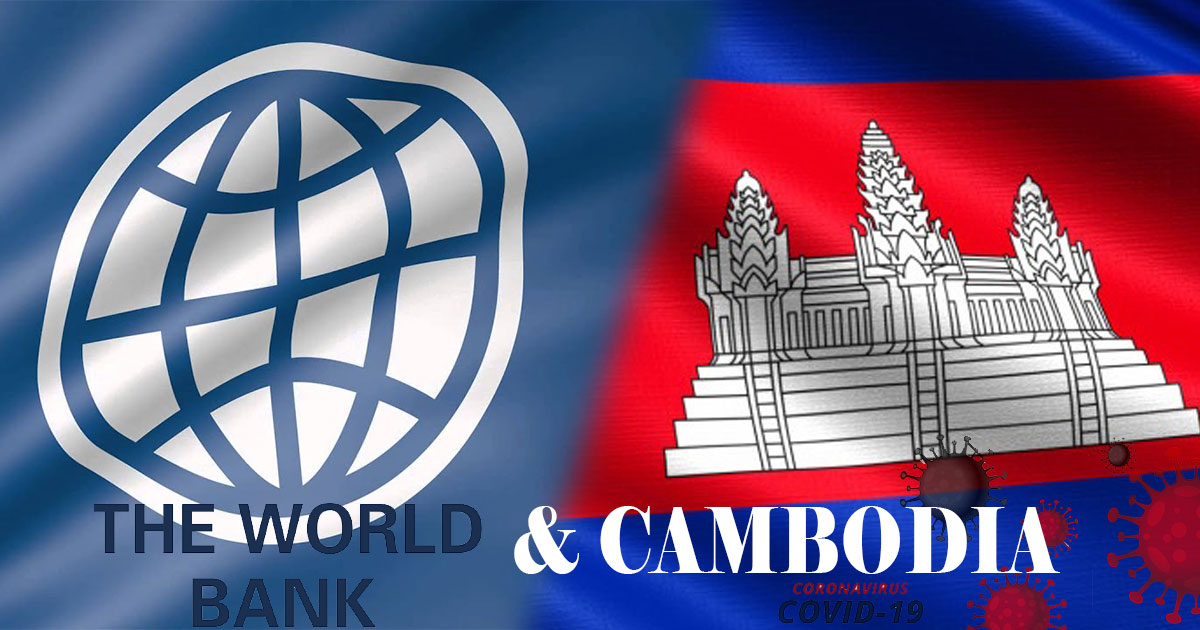What the World Bank Says About Cambodia’s 2025 Economy
Cambodia, one of Southeast Asia’s fastest-growing economies over the past two decades, is once again in the spotlight in 2025. According to recent assessments and long-term projections by the World Bank and other international organizations, the country is charting a steady path toward economic resilience. This blog post explores what the World Bank has projected and said about Cambodia’s economy in 2025, including growth drivers, risks, and what this means for investors, entrepreneurs, and policymakers.
Economic Growth and Recovery
The World Bank has consistently highlighted Cambodia’s ability to bounce back from global shocks. After a challenging period during the COVID-19 pandemic, Cambodia saw a strong recovery driven by:
-
Manufacturing (especially garments, footwear, and travel goods)
-
Agricultural exports
-
A gradual rebound in tourism
In its Cambodia Economic Update reports, the World Bank projected a GDP growth rate of around 5.8% in 2024, with further acceleration expected in 2025 due to trade integration, infrastructure upgrades, and a digital push in the services sector.
📌 Related source: World Bank – Cambodia Economic Update
The Role of Trade and Global Integration
Cambodia’s economic future is closely tied to its trade policies and partnerships. The World Bank has emphasized the importance of Cambodia’s inclusion in regional trade blocs such as:
-
ASEAN Economic Community (AEC)
-
Regional Comprehensive Economic Partnership (RCEP)
Through these agreements, Cambodia is gaining improved market access and reducing tariff barriers—both of which are crucial for export-oriented industries like garments and electronics.
🔗 Learn more about RCEP’s impact: Brookings Institution – RCEP and Asia’s Trade Future
Investment in Human Capital
One of the World Bank’s key recommendations has been a focus on human capital development, including:
-
Improving access to quality education
-
Investing in technical and vocational training
-
Enhancing digital skills to meet Industry 4.0 standards
The Human Capital Index (HCI) by the World Bank places Cambodia below the regional average, but steady improvements are being made with support from public and private stakeholders.
📚 Explore: World Bank Human Capital Project
Digital Economy and Innovation
In line with Cambodia’s “Digital Economy and Society Policy Framework 2021–2035,” the World Bank supports Cambodia’s efforts to modernize its digital infrastructure. This includes:
-
Expanding broadband coverage
-
Digitalizing government services
-
Supporting startups and e-commerce growth
These shifts are particularly promising in urban centers like Phnom Penh, where digital transformation is attracting foreign investment and new tech talent.
🚀 Case Study: Phnom Penh as a digital and logistics hub is gaining traction with regional investors.
Infrastructure Development and Connectivity
Infrastructure remains a cornerstone of Cambodia’s economic strategy. The World Bank and other donors continue to support projects in:
-
Roads and highways (especially linking trade routes to Thailand and Vietnam)
-
Energy (including renewables and grid expansion)
-
Ports and logistics hubs such as Sihanoukville and Phnom Penh Port
These improvements are essential for reducing trade costs and ensuring seamless movement of goods.
🏗️ Tip: Investors should monitor infrastructure-led growth zones such as the Phnom Penh-Sihanoukville Economic Corridor.
Key Risks and Challenges
While the economic outlook remains optimistic, the World Bank has noted the following risk factors:
-
Global economic slowdown affecting exports
-
Climate change, especially in agricultural areas prone to flooding and drought
-
Governance and regulatory uncertainty, particularly in land rights and public procurement
Cambodia must address these vulnerabilities through better policy coordination, sustainability practices, and regional partnerships.
What This Means for Businesses and Investors
With the World Bank’s backing and data-driven insight, several opportunities arise for stakeholders in Cambodia’s 2025 economy:
-
Manufacturers can leverage cost advantages and new trade pacts
-
Logistics companies will benefit from improved infrastructure and border reforms
-
Tech startups and digital marketers can grow in tandem with the digital economy strategy
-
Agribusiness and green energy investments are favored by sustainability-linked lending trends
📦 See how Cambodia-agent.com helps investors and importers navigate Cambodia’s trade and logistics landscape.
Conclusion
Cambodia’s economic performance in 2025, as projected by the World Bank, highlights a nation that is not only rebounding but redefining its role in the global economy. While challenges remain, strategic investments in infrastructure, digital transformation, human capital, and trade integration signal strong potential for future growth. For international businesses, the time to engage with Cambodia’s evolving economy is now—and having the right local partners is crucial.
Want to stay informed?
Visit the World Bank Cambodia Overview for the latest updates and data.
📈 For business support, sourcing, and market entry services in Cambodia, explore:
👉 https://cambodia-agent.com
